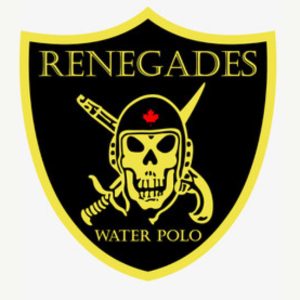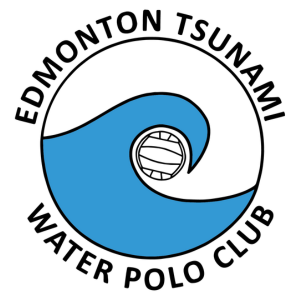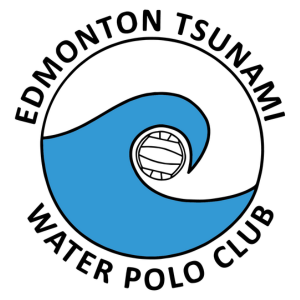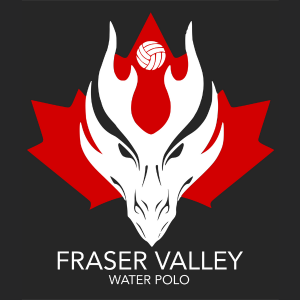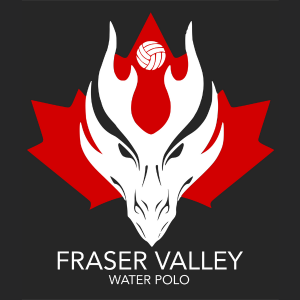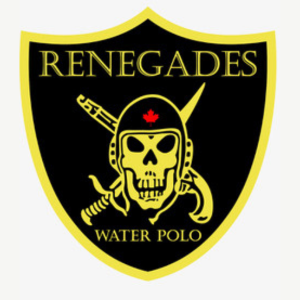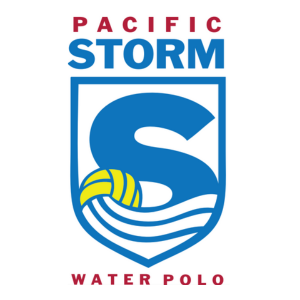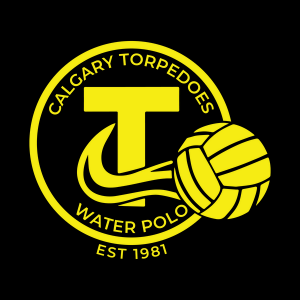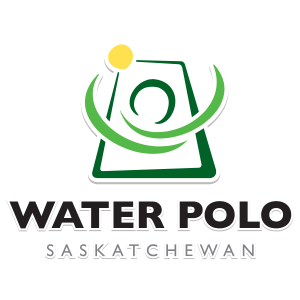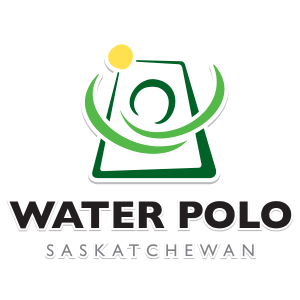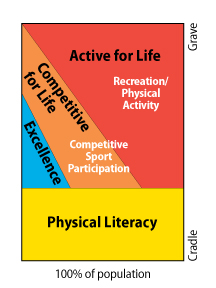Glossary of Terms
Stage of development: this term is used to define the developmental age and the needs of the athlete at this stage of development. Each stage of development has an approximate chronological age, however, the key is to understand what needs to be trained based on the physical, emotional, mental and cognitive maturation of the individual.
Stream of competition: this term is used throughout the web site and various documents to describe the type of training and competition, time commitment, type of competitions, etc. associated with each stage of development. There are four streams identified throughout - Physical Literacy, Active for Life, Competitive for Life and Excellence.
Training and Competition: training is defined as the development of the athletic abilities in a practice environment or non-league environment: conditioning (physical and motor); technical (skills and individual tactics); tactical (non-league games, simulated games, exhibition games, half-court, etc.); and mental (cognitive and emotional). Competition is referred to as a major competition leading to the final outcome/peak within the program year.
Physical Literacy: is the acquisition of fundamental movement skills such as running, jumping, throwing, coordination, balance, etc. and fundamental sport skills like swimming, eggbeater, buoyancy, etc. before the age of 12 years old (Active Start, FUNdamentals and Technical Foundations). These are the golden years of skill acquisition and provide people the tools to move confidently and be Active for Life later in their adult years, in addition, to creating a base for world-class athletes. Physical Literacy is designated with the color yellow throughout the web site and all LTAD related documentation.
Active for Life (A4L): is a level of training and competition designated with the color red throughout the web site, and all LTAD related documentation, and defined by the experience level in water polo, athletic abilities, time commitment and types of competition outlined in the WPC LTAD Summary Framework Matrix. This stream of competition is also an entry point, and a stage of development, for athletes beginning water polo at the later stages of the Competitive Foundations stage of development (approximately 15 years old) and continuing throughout adulthood. This stream, and stage, is designated for athletes who are involved in the sport for physical activity and fun, and may also be participating in the sport in various capacities such as water polo as a coach, referee, volunteer or professional. It is a transitional stage/stream for athletes once they are done playing at a competitive or high-performance level.
Competitive for Life (C4L): is a level of training and competition designated with the color orange throughout the web site, and all LTAD related documentation, and defined by the experience level in water polo, athletic abilities, time commitment and types of competition outlined in the WPC LTAD Summary Framework Matrix. This stream of competition is also an entry point, and a stage of development, for athletes beginning water polo early in the Competitive Foundations stage of development (approximately 13 years old) who may want to proceed to the Excellence stream. This stream, and stage of development, continues throughout adulthood for those athletes who would like to play competitive water polo but not at the demands necessary for high-performance sport. It is a transitional stage/stream for athletes once they are done playing at a high-performance level.
Excellence: is a level of training and competition designated with the color blue throughout the web site, and all LTAD related documentation, and defined by the experience level in water polo, athletic abilities, time commitment and types of competition outlined in the WPC LTAD Summary Framework Matrix. This stream begins later in the Competitive Foundations stage of development (approximately 15 years old) and continues through the Train to Compete, Train to Perform and the Living to Win LTAD stages. This high-performance stream narrows as you approach the top of the pyramid transitioning from club, to Youth National Team, to Junior National Team and finally the Senior National Team.
